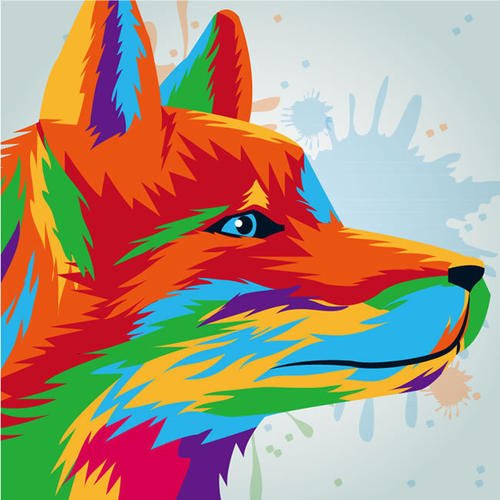Title: Exploring Physical Computing with Mikeu
Introduction to Physical Computing:

Physical computing, a dynamic field that merges hardware and software, has gained substantial traction in recent years. At its core, it embodies the convergence of digital technologies with the physical world, enabling interaction and control of tangible objects through computer systems. Mikeu, an innovative approach to physical computing, integrates various programming paradigms with hardware components, fostering creativity and innovation in diverse applications.
Understanding Mikeu:
Mikeu represents a novel framework for physical computing, emphasizing simplicity, versatility, and accessibility. It leverages microcontrollers, sensors, actuators, and programming languages to facilitate the creation of interactive projects. Whether it's building robots, interactive installations, or wearable devices, Mikeu empowers enthusiasts, educators, and professionals to explore the realms of electronics and programming.
Key Components and Tools:
1.
Microcontrollers:
Central to Mikeu are microcontrollers like Arduino and Raspberry Pi, which serve as the brain of the projects. These versatile devices offer a wide range of functionalities and can interface with various sensors and actuators.
2.
Sensors:
Sensors detect changes in the environment and provide input to the microcontroller. Examples include temperature sensors, motion detectors, light sensors, and proximity sensors, among others.
3.
Actuators:
Actuators, such as motors, servos, LEDs, and displays, enable the physical manifestation of digital outputs. They translate signals from the microcontroller into tangible actions or visual feedback.
4.
Programming Languages:
Mikeu projects can be programmed using languages like Arduino IDE (based on C/C ), Python, or JavaScript. These languages offer different levels of abstraction, catering to users with varying levels of programming proficiency.
Applications of Mikeu:
1.
Education:
Mikeu serves as an invaluable tool for teaching STEM concepts in an engaging and handson manner. It allows students to apply theoretical knowledge to practical projects, fostering a deeper understanding of electronics and programming principles.
2.
Prototyping:
Entrepreneurs and innovators utilize Mikeu for rapid prototyping of interactive products and IoT devices. It enables them to quickly iterate and test ideas before proceeding to fullscale production.
3.
Art and Design:
Artists and designers employ Mikeu to create interactive artworks, installations, and performances. Its ability to merge technology with creativity opens up new avenues for expression and audience engagement.
4.
Home Automation:
With the rise of smart homes, Mikeu finds applications in home automation projects. From controlling lights and appliances to monitoring environmental conditions, it offers DIY enthusiasts a platform to customize their living spaces according to their preferences.
Best Practices and Recommendations:
1.
Start Simple:
Beginners should start with basic projects to grasp the fundamentals of physical computing. LED blinking, buttoncontrolled lights, and simple sensors are excellent starting points.
2.
Experiment and Iterate:
Embrace experimentation and iteration as integral parts of the learning process. Not all projects will succeed on the first attempt, but each iteration brings valuable insights and improvements.
3.
Document and Share:
Documenting your projects through photos, videos, and written descriptions not only helps in reflecting on your progress but also allows you to share your knowledge and inspire others in the community.
4.
Collaborate:
Join online forums, attend maker meetups, and collaborate with fellow enthusiasts. Sharing ideas, troubleshooting challenges, and collaborating on projects can accelerate learning and foster a sense of camaraderie within the community.
Conclusion:
Mikeu represents a gateway to the exciting world of physical computing, offering individuals of all backgrounds the opportunity to blend creativity with technology. By harnessing the power of microcontrollers, sensors, actuators, and programming languages, enthusiasts can embark on a journey of exploration, innovation, and discovery. Whether you're a student, hobbyist, entrepreneur, or artist, Mikeu provides a versatile platform to bring your ideas to life and make meaningful contributions to the everevolving landscape of technology and design.
References:
"Getting Started with Arduino" by Massimo Banzi
"Raspberry Pi Cookbook" by Simon Monk
Online resources and communities such as Arduino.cc, RaspberryPi.org, and GitHub repositories.


